Readers of my horror stories will already know all about Whittier. But for the rest of you, in particular those who don't like to be frightened, here's the real world story of the "town under one roof". Though really, that's a misnomer.
Begich Tower, which houses around 80% of the population of Whittier (hence the misnomer comment) is one of two structures which used to be a Military base. The other is the Buckner building. In the sixties, as the base no longer served its original purpose and was not considered useful for cold war purposes, it was sold off to be converted into a condominium.
Only Begich Tower was actually converted however, the Buckner building was left to rot. If you're an urban explorer, Whittier may be the town for you, though that's about the only sort of person I could recommend it to. The Buckner building is a treasure trove for photographers of urban decay, and an occasional location for raves.
Of course the fourteen story Begich Tower is a palace by comparison, moreso than ever since a recent upgrade of everything from carpets and wallpaper to furniture and paint. As the residents spend most of their lives indoors on account of the harsh weather for most of the year, they're keen to make it as livable as possible.
It's nicer than you might assume. A lot of determined work has gone into improving the collective home of nearly 200 people. There are two(!) convenience stores, a post office, a modest clinic (the nearest proper hospital is in Anchorage) a church, and even a school connected to Begich Tower by an underground tunnel.
Somewhat depressingly, when that school lets out for recess, it's into an indoor playground built within a concrete building. The windows are the largest anywhere in Whittier, which is something, but ultimately it's still a big concrete enclosure with a barkdust floor.
Access to Whittier is by sea, by train, or through a single lane combined car and train tunnel which closes every night at 10pm. Which direction traffic can move through it depends on the time of day. It is not uncommon for drivers returning from Anchorage to just barely miss that 10pm cutoff and have to spend the night in their car.
Life in Whittier is not exciting, but it is comfy. Snowy out for most of the year, the consolidation of so many services in a single building makes it all too east to hunker down and never set foot outside if you don't want to. The scant few other buildings outside are mostly businesses which are only open when a cruise ship is in the port, catering to the annual influx of tourists. The businesses the locals themselves rely on, such as Kozy Korner, are all inside Begich Tower.
Much like the Amundsen Scott South Pole Station I covered some time ago, Begich Tower includes a hydroponic farm for growing fresh veggies indoors all year round. Although unlike the hydroponic farm in the Amundsen Scott station, the one in Begich Tower was originally donated by police, who seized it as part of a marijuana bust. Even in such a remote town in Alaska, there was a hydro grow op.
A lot goes into basic life support in such a harsh environment. It is in many respects similar to what Mars colonists will one day endure. Some of the machinery the residents rely on, such as the dual boilers originally installed in 1962, had to be replaced recently at immense cost. As did loads of piping which had become clogged by mineral deposits and leaky over the decades.
The religious makeup of Whittier is almost entirely Christian as you might expect, but of a variety of denominations. As there's just one chapel, rather than try to hold their respective services at different times, they all just congregate and worship together. Adverse environmental conditions have a way of pushing us to ignore our differences and band together.
If for some reason you're interested in moving to Whittier, the Begich Towers website can be read here. The site for the city proper can be found here. I must admit, I've thought about it. What better place for a writer to escape all distractions and focus on his craft?
It's about as close to a real life arcology as you'll find anywhere. There's that small town familiarity where everybody knows everybody else by name. The water's ice free year round (why it once made such an attractive military base) so if boating and fishing are your thing, there may be something for you in Whittier after all.
The reason why these buildings where constructed as single structures rather than lots of smaller ones, besides convenience, was that it is much more energy efficient to heat a single large structure than it is to heat lots of small ones. It's a matter of surface area vs. interior volume. The latter increases non-linearly relative to the former.
Perhaps as the climate worsens, those living near the equator will have to dwell in single structure indoor cities. Perhaps also the first cities in Antarctica, once the treaty preventing settlement expires, will also take this monolithic form. Certainly the first colonies on the Moon and Mars as well. Whittier may seem outwardly dull, but there are many good reasons why it has become such a fascination for travel blogs and the general media.
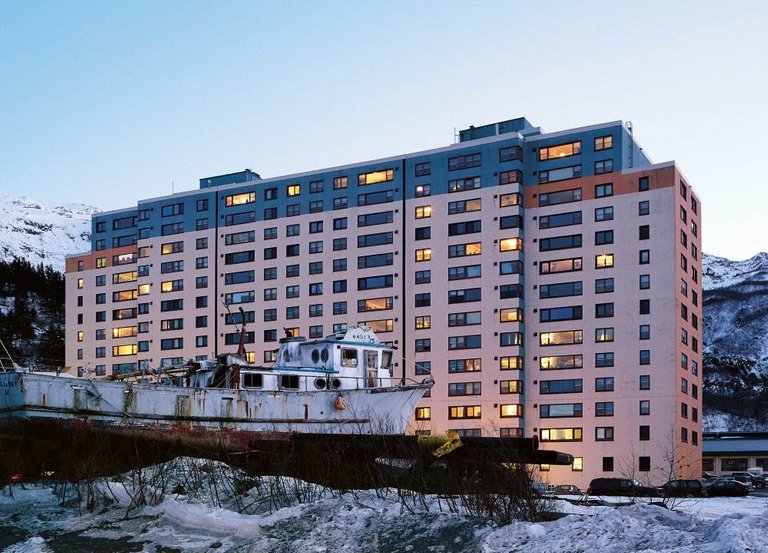
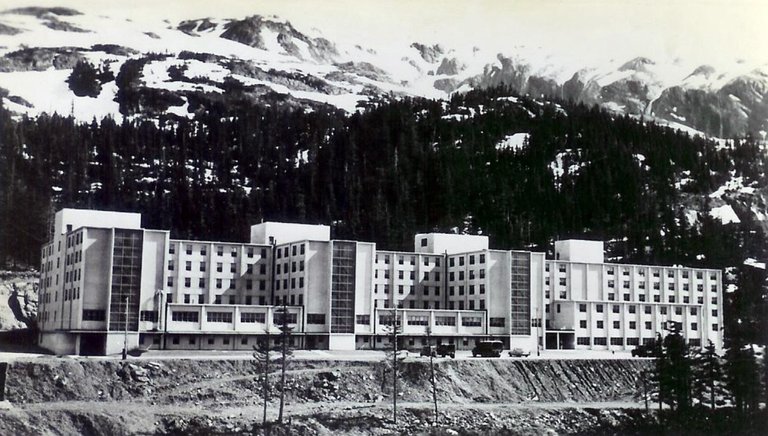
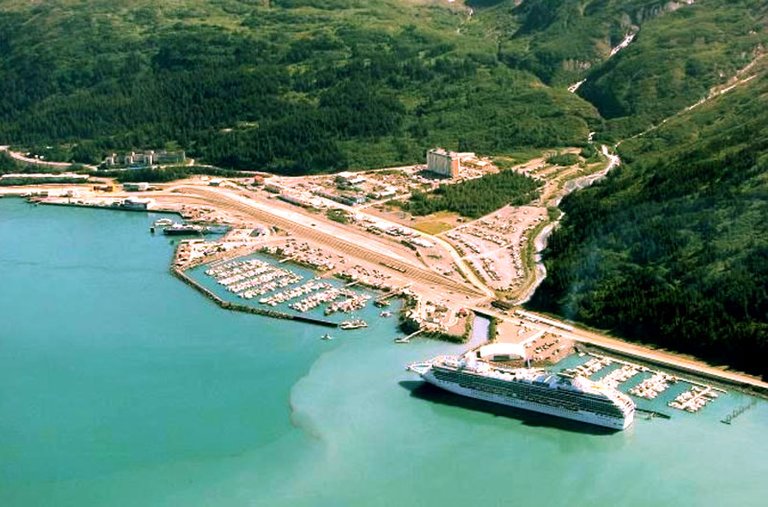
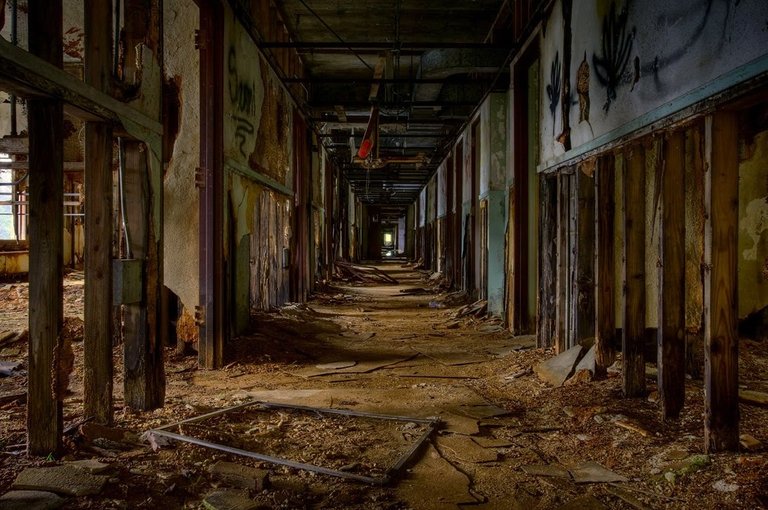
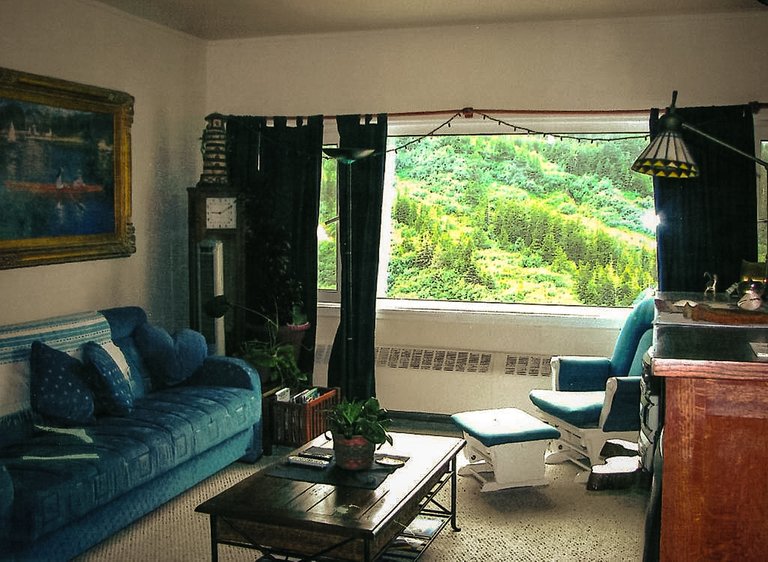
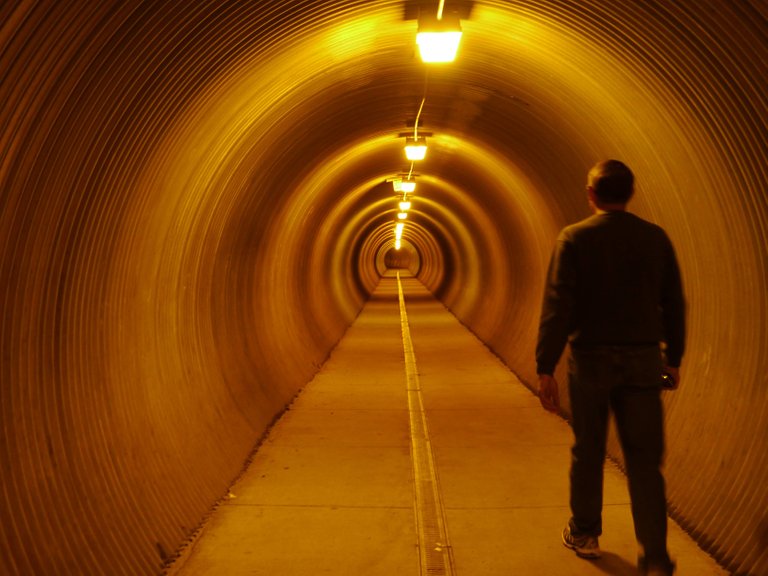
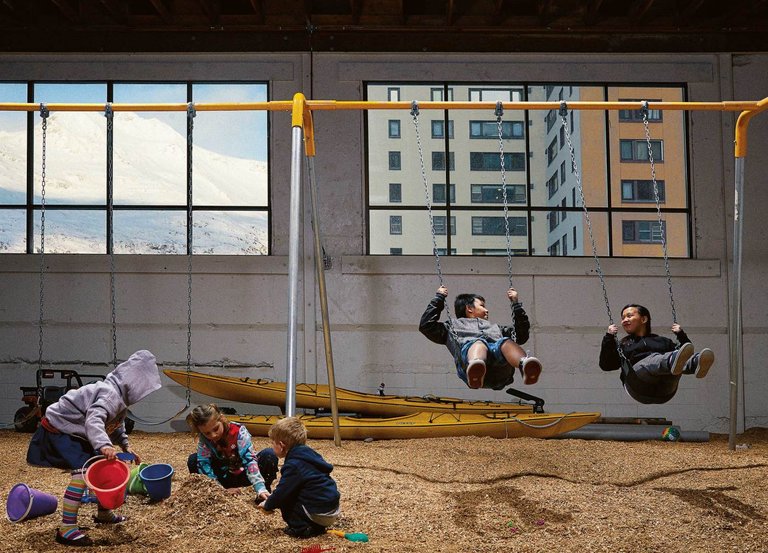
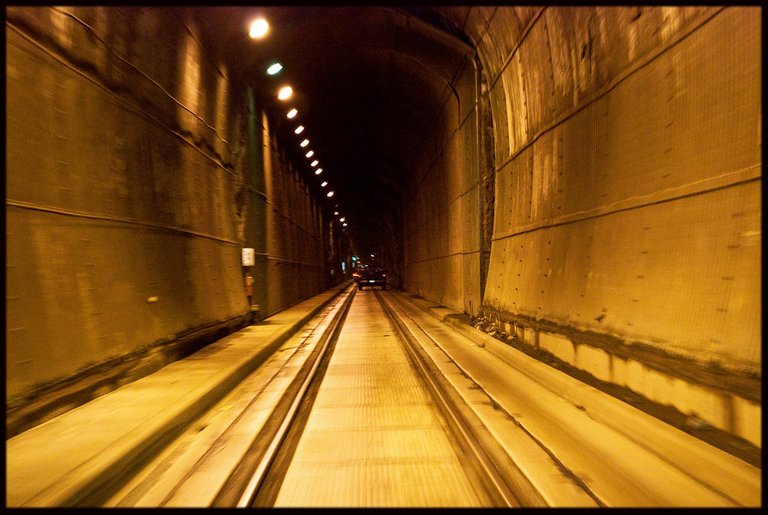
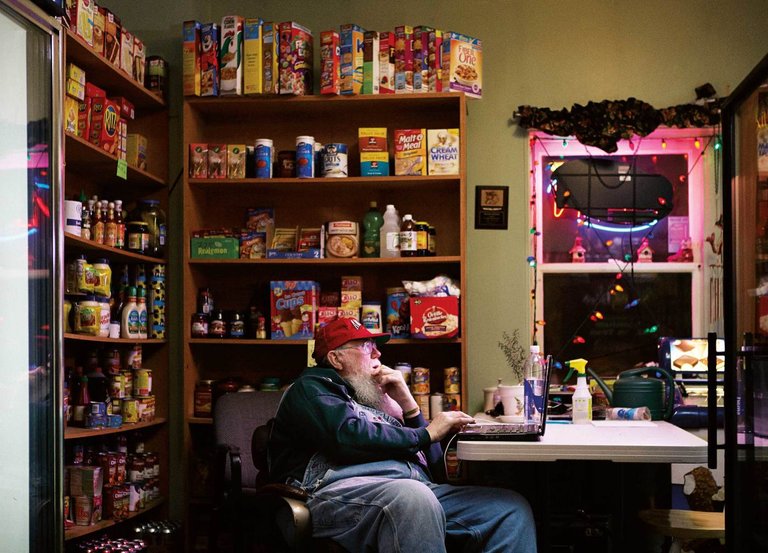
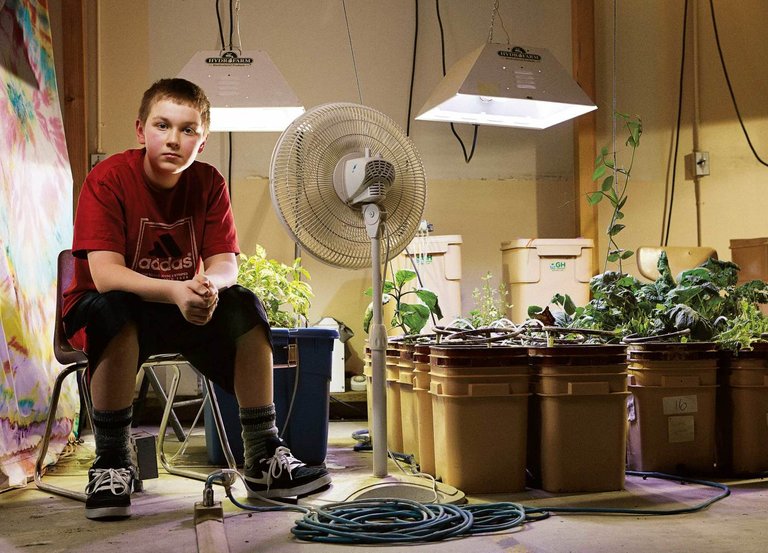
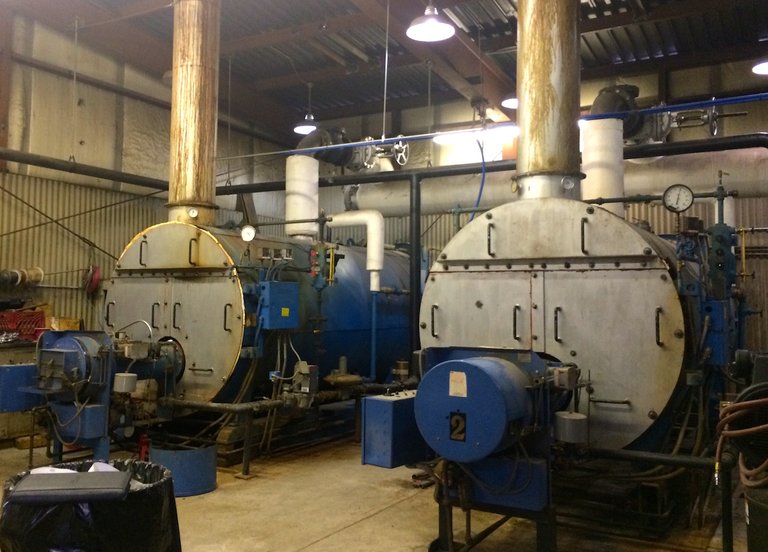
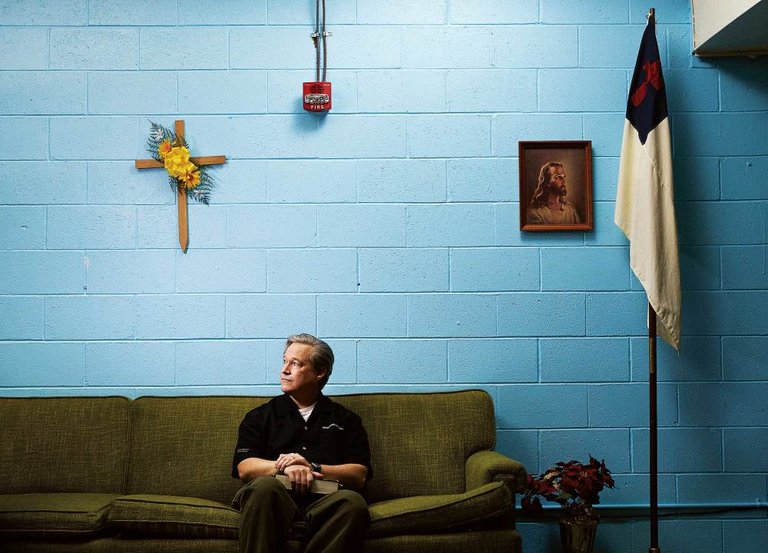
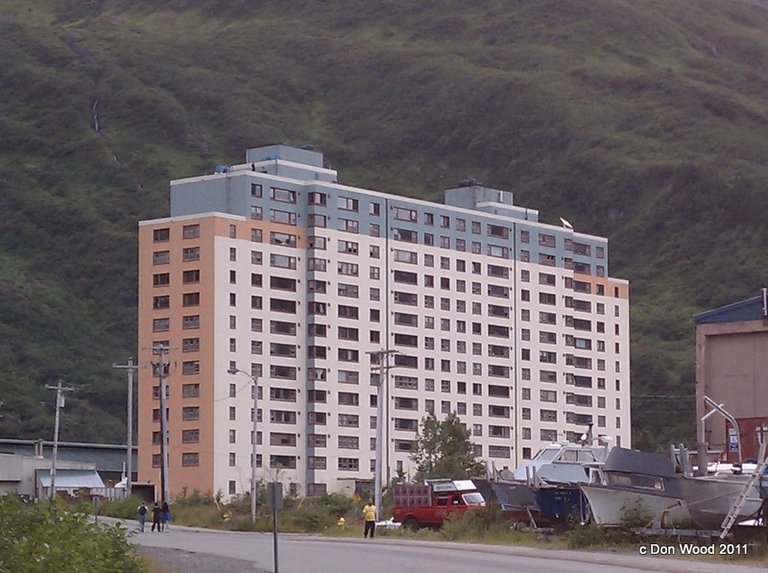


Since we are based in Alaska we go there often to take the Alaska Ferry.
Alaska is a great place I love Seward, would love to live off the sea and land in that area. Hopefully they still have the PFD when I go back.
You may also be interested in SteemIt.City. We're getting a hotel in Cambodia as a place for SteemIt authors of any type to get away from the mundanities of everyday life so people can follow their passions.
Still a lot of space here on Earth. It's only sound more fancy if you hear Moon or Mars.
There's that small town familiarity where everybody knows everybody else by name.
Sounds reasonable.
Suppose someone wanted to 'homestead' the other building? Is it structurally sound?
Not even a little bit. Google image search "Buckner building interior".